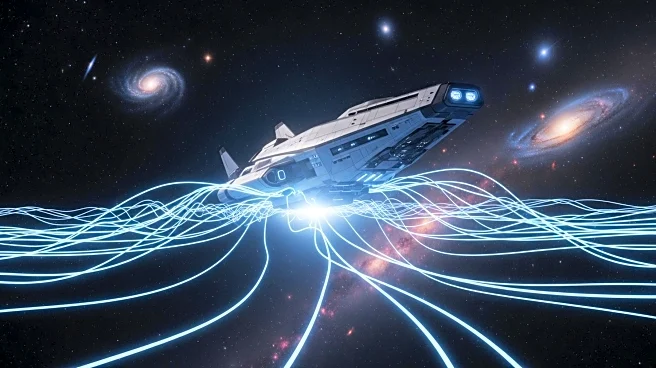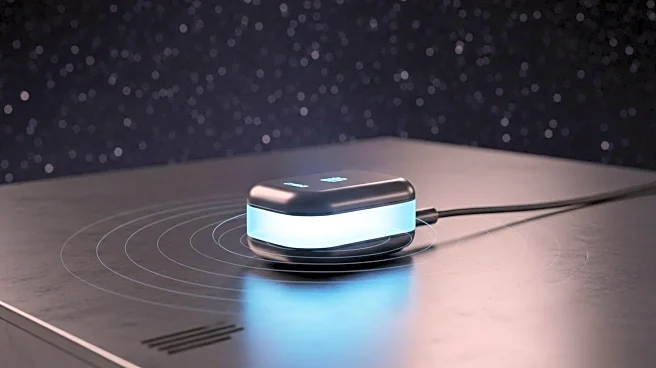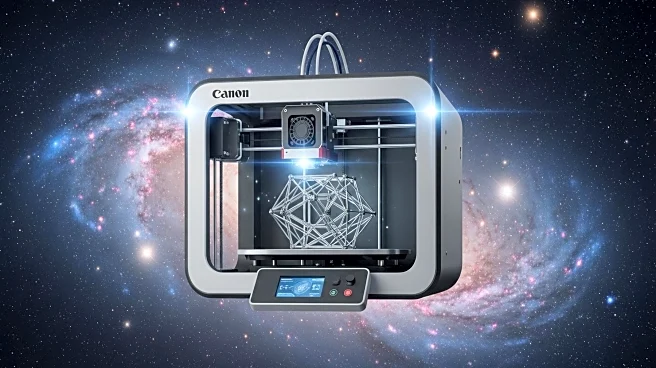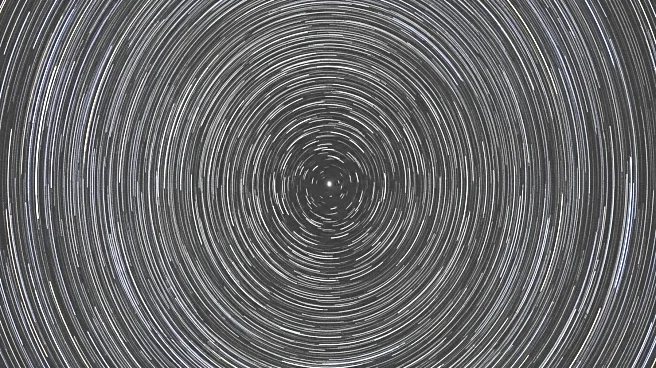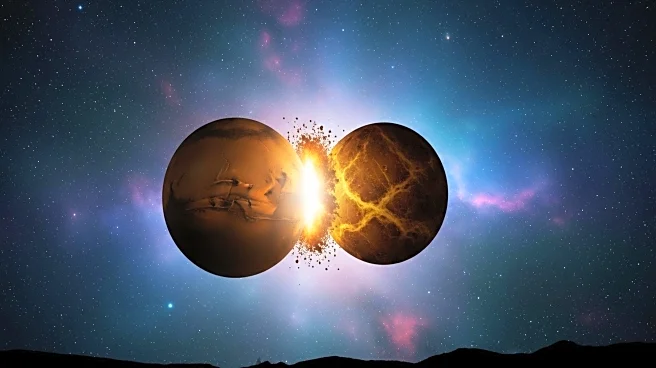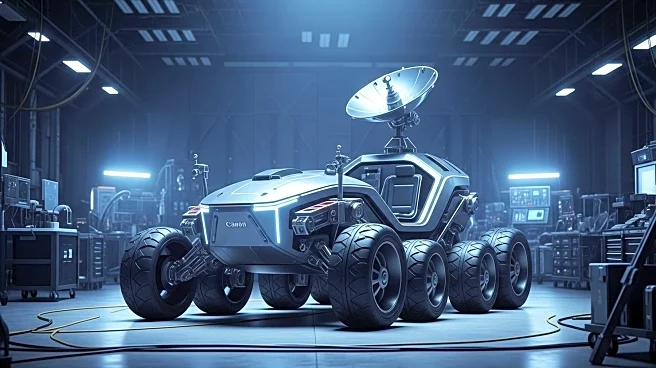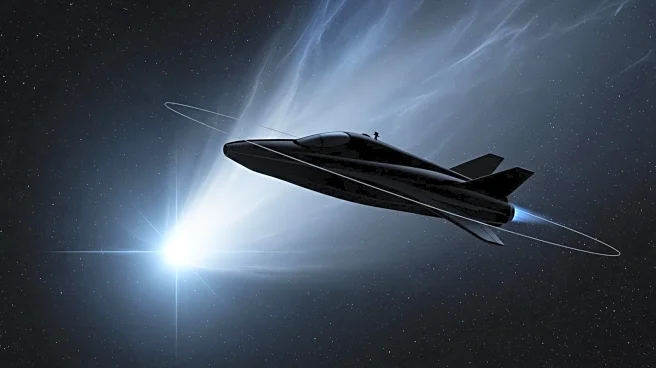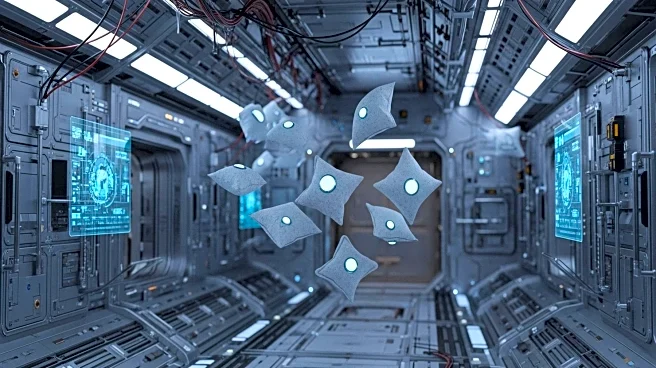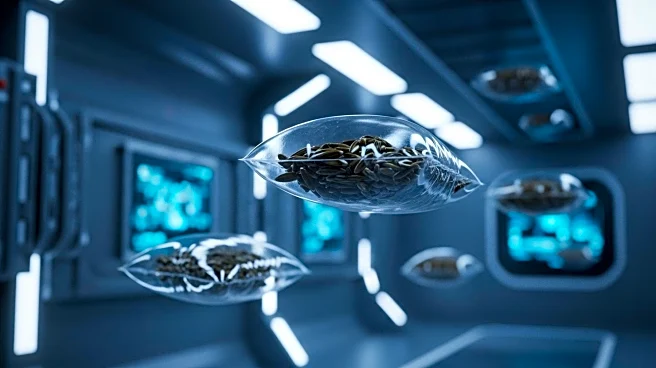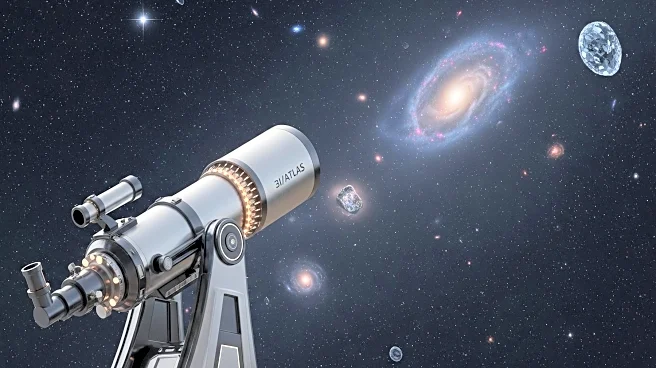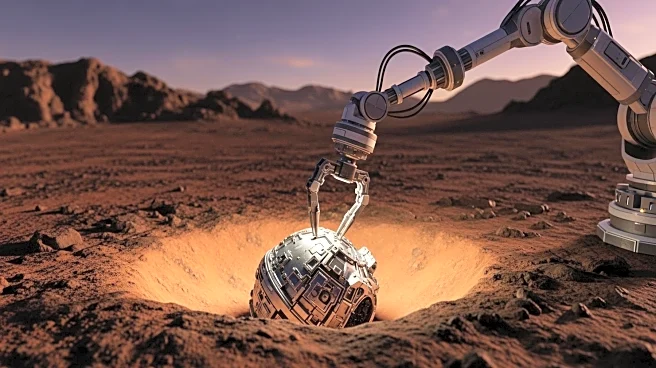What's Happening?
A team of scientists, led by Alvaro Romero-Calvo from the Georgia Institute of Technology, has developed a method using magnets to improve oxygen generation for astronauts. Current systems on the International Space Station rely on heavy centrifuges to separate oxygen and hydrogen bubbles during electrolysis. The new approach uses magnetic forces to guide bubbles in microgravity, eliminating the need for mechanical spinning. This innovation, published in Nature Chemistry, promises a lighter and more sustainable solution for long-duration space missions to the moon and Mars.
Why It's Important?
This breakthrough could significantly enhance the efficiency and sustainability of life-support systems in space. By reducing the weight and power requirements of oxygen generation equipment, missions to the moon and Mars could become more feasible and cost-effective. The research highlights the potential of magnetism in space technology, offering a pathway to more reliable and efficient systems for future exploration.
What's Next?
The research team plans to continue testing the technology under NASA and European Space Agency programs. Future experiments will assess the scalability and long-term efficiency of magnetic-based oxygen generation systems. Successful implementation could lead to widespread adoption in space missions, supporting human exploration beyond Earth's orbit.
Beyond the Headlines
The development of more efficient life-support systems is crucial for the sustainability of human space exploration. As missions extend further into space, ensuring reliable and resource-efficient technologies will be essential for the safety and success of astronauts.
